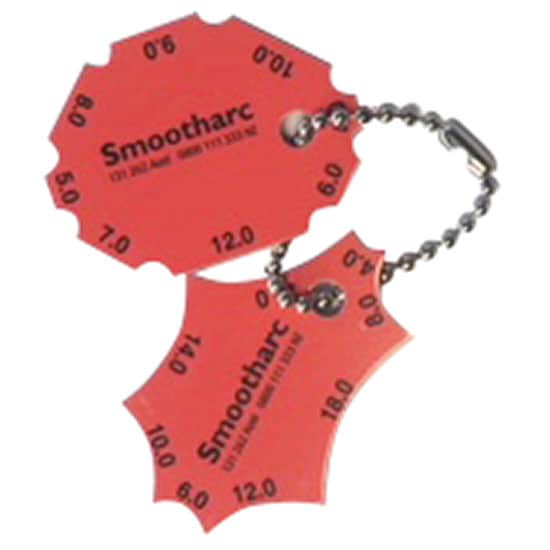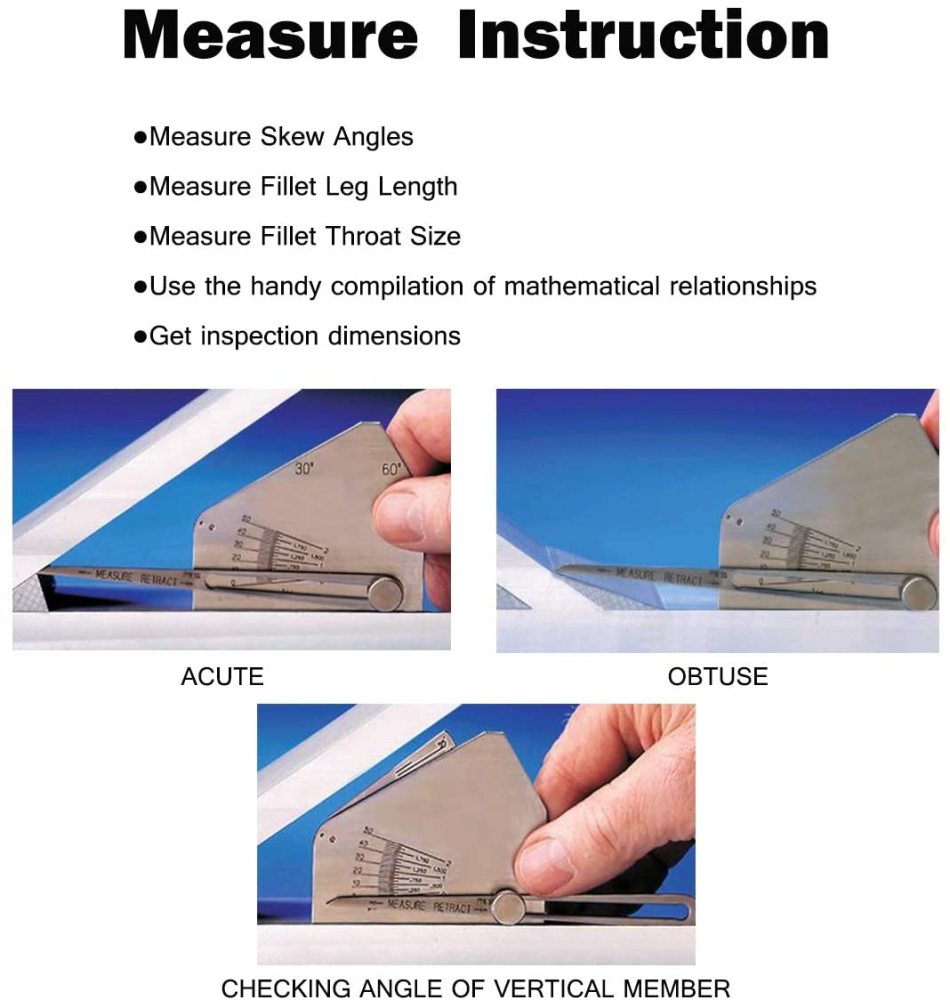Fillet Weld Style Methods: Optimizing Joint Performance and Looks for Structural Stability
In the world of structural design and construction, the value of fillet weld style techniques can not be overstated. These methods play a pivotal role in not just ensuring the performance and architectural stability of joints but additionally in improving the total visual appeals of the finished product. By thoroughly considering aspects such as weld account optimization, product selection, joint prep work methods, welding procedure effectiveness, and aesthetic improvement designers, techniques and producers can accomplish a harmonious equilibrium between capability and appearance in their bonded structures. The combination of these elements not only causes durable joints but additionally raises the aesthetic allure of the end product.
Weld Account Optimization


Accomplishing an optimum weld profile involves a thorough consideration of elements such as material density, joint setup, welding placement, and desired welding speed. Additionally, the option of proper welding criteria, such as voltage, present, and travel rate, is fundamental in controlling the form and dimensions of the fillet weld. Making use of advanced welding strategies, such as pulse welding or robotic welding, can even more improve the weld profile to meet specific style requirements and quality requirements.
In significance, weld account optimization is a fundamental element of fillet weld layout that straight affects the overall efficiency and integrity of bonded joints in structural applications.
Material Choice Considerations
When taking into consideration material option for fillet weld layout, the compatibility of the base metals is a vital variable affecting the architectural stability of the joint. It is important to select products that not just weld with each other efficiently but likewise have comparable mechanical buildings to make certain the load is equally dispersed between the weld and the base steels. Welding materials with vastly various homes can result in concerns such as stress and anxiety concentrations, premature joint failing, or cracking.
In addition, the environment in which the welded structure will run must be considered when picking materials. Elements like rust resistance, temperature level variations, and exposure to chemicals can all impact the long life and performance of the weld joint. By selecting materials that are appropriate for the intended click for info application and atmosphere, the total longevity and integrity of the welded joint can be significantly boosted.
Consequently, detailed factor to consider of product compatibility and ecological variables is paramount in making sure the weld joint's stamina, longevity, and overall architectural integrity.

Joint Prep Work Strategies
Considering the essential role product selection plays in ensuring the architectural honesty of fillet weld joints, it is vital to carry out exact joint preparation methods that optimize the link in between the base steels. Joint prep work is an essential step that directly influences the top quality and strength of the weld. One fundamental strategy is the cleansing of base metals to remove any type of contaminants like corrosion, oil, or paint that could jeopardize the weld's integrity. This can be accomplished through methods such as grinding, wire brushing, or chemical cleansing.
Additionally, tack welding the parts in place before the last weld aids preserve alignment and lessens distortion throughout the welding process. By carefully complying with these joint prep work techniques, welders can boost the total performance and visual appeals of fillet weld joints while ensuring architectural strength.
Welding Process Performance
Efficient welding processes are necessary for attaining ideal productivity and high quality in fillet weld fabrication. Procedures like gas metal arc welding (GMAW) and flux-cored arc welding (FCAW) are commonly additional info made use of for fillet welds due to their versatility and rate.
Furthermore, making certain correct devices arrangement and maintenance is important for effective welding. Normal calibration of welding machines, assessment of consumables, and upkeep of welding lanterns can prevent downtime and revamp, eventually conserving time and sources. Additionally, employing skilled welders with knowledge in the specific welding process being utilized can considerably affect effectiveness. Well-trained welders are more adept at changing specifications, fixing issues, and keeping consistent weld quality.
Visual Improvement Approaches
To enhance the quality of fillet weld manufacture, applying visual improvement approaches can play an essential function in making certain accuracy and accuracy throughout the welding process. Aesthetic help such as weld dimension determines and multiplying lenses can aid in analyzing weld accounts and dimensions properly. By integrating these aesthetic enhancement techniques right into the welding procedure, welders can accomplish not only structurally sound fillet welds however additionally visually enticing results that satisfy sector criteria.

Final Thought
In conclusion, optimizing fillet weld design involves mindful factor to consider of weld profile, product option, joint preparation, welding process efficiency, and visual improvement methods. By implementing these strategies, architectural stability can be boosted while also attaining aesthetic allure. It is necessary to focus on both efficiency and appearances in fillet weld layout to make sure the general high quality and sturdiness of the joint.
By meticulously thinking about variables such as weld account optimization, product selection, joint preparation strategies, welding process performance, and visual improvement makers, designers and approaches can achieve a harmonious balance between capability and look in their bonded frameworks.In the world of fillet weld layout, enhancing the weld account plays a critical role in ensuring architectural integrity and efficiency. The weld account, which includes the size and shape of the weld cross-section, directly impacts the distribution of stress and load-bearing capacity within the their website joint. It is crucial to pick materials that not only bonded with each other properly however also have similar mechanical residential properties to ensure the lots is evenly dispersed between the base and the weld steels - Gauge Fillet Weld.In final thought, maximizing fillet weld design entails mindful factor to consider of weld account, product choice, joint preparation, welding procedure effectiveness, and aesthetic improvement approaches